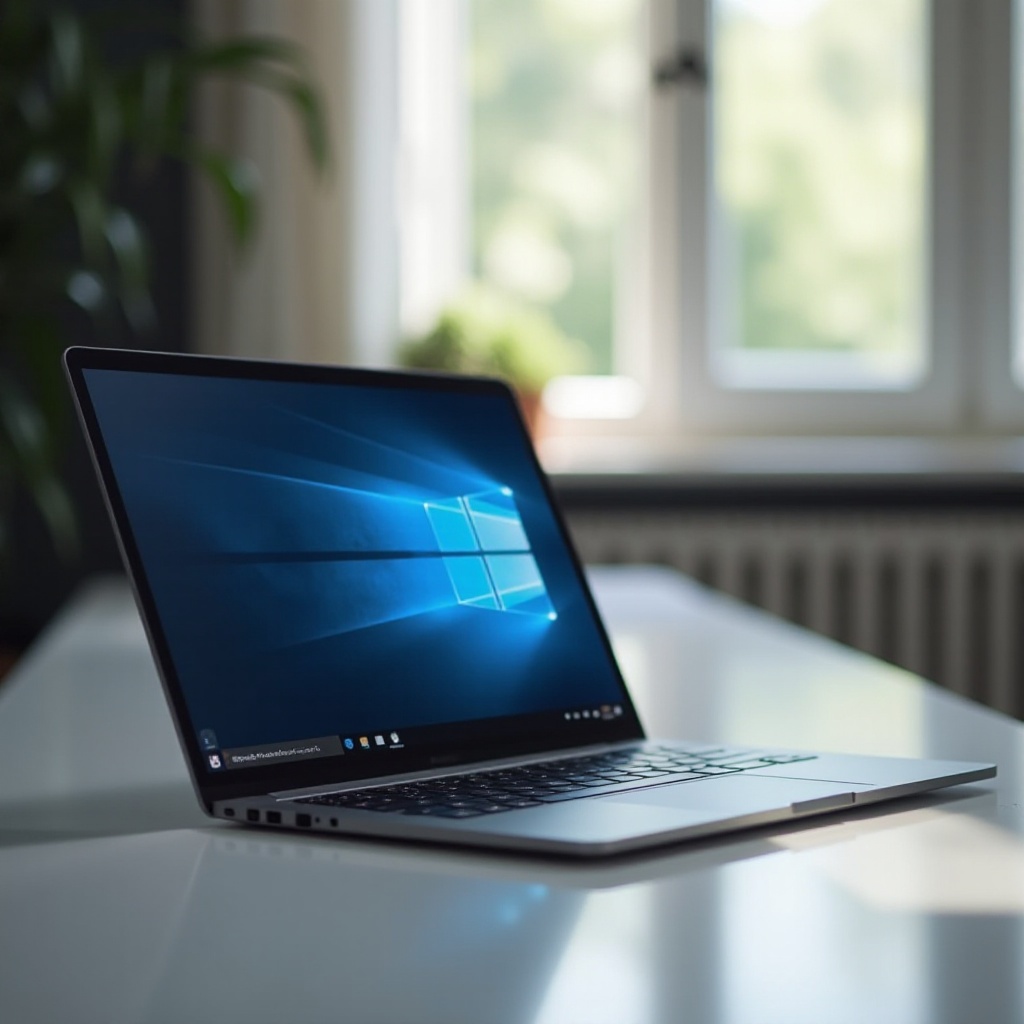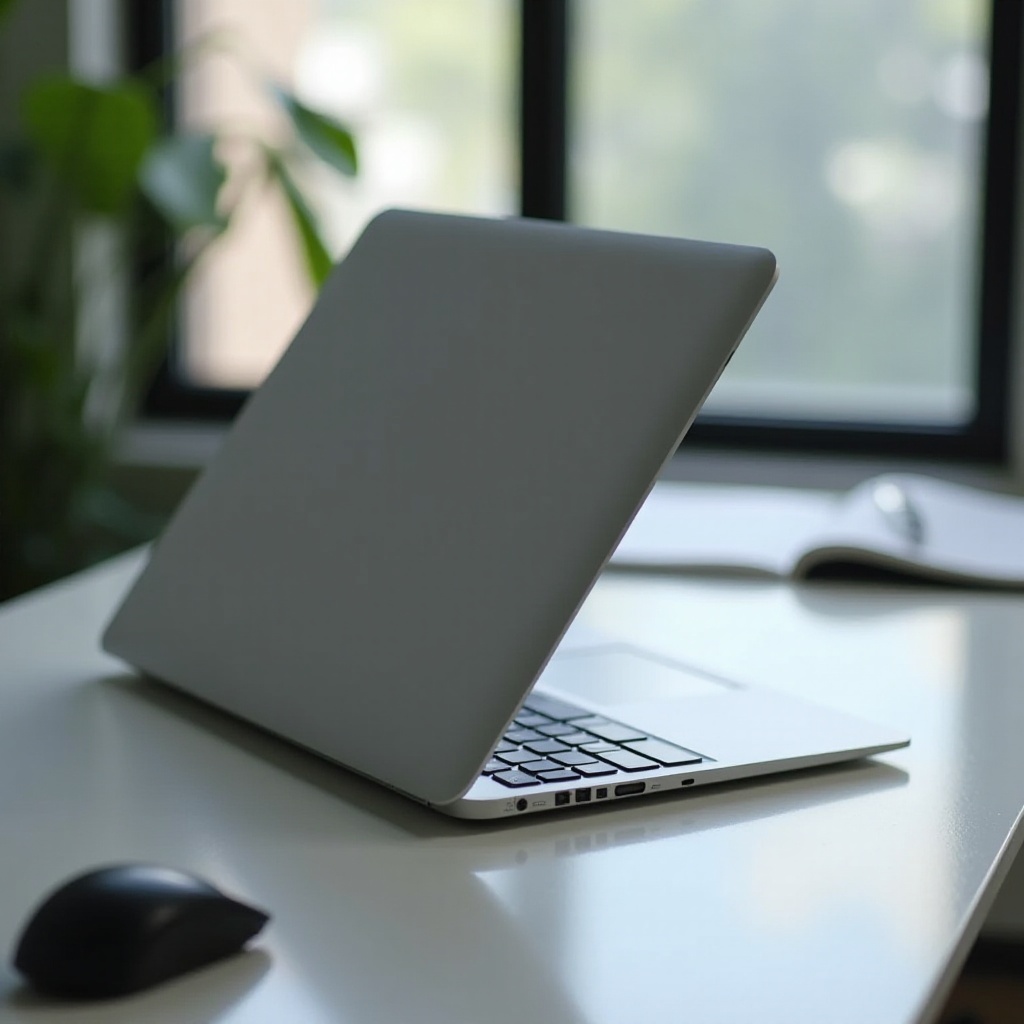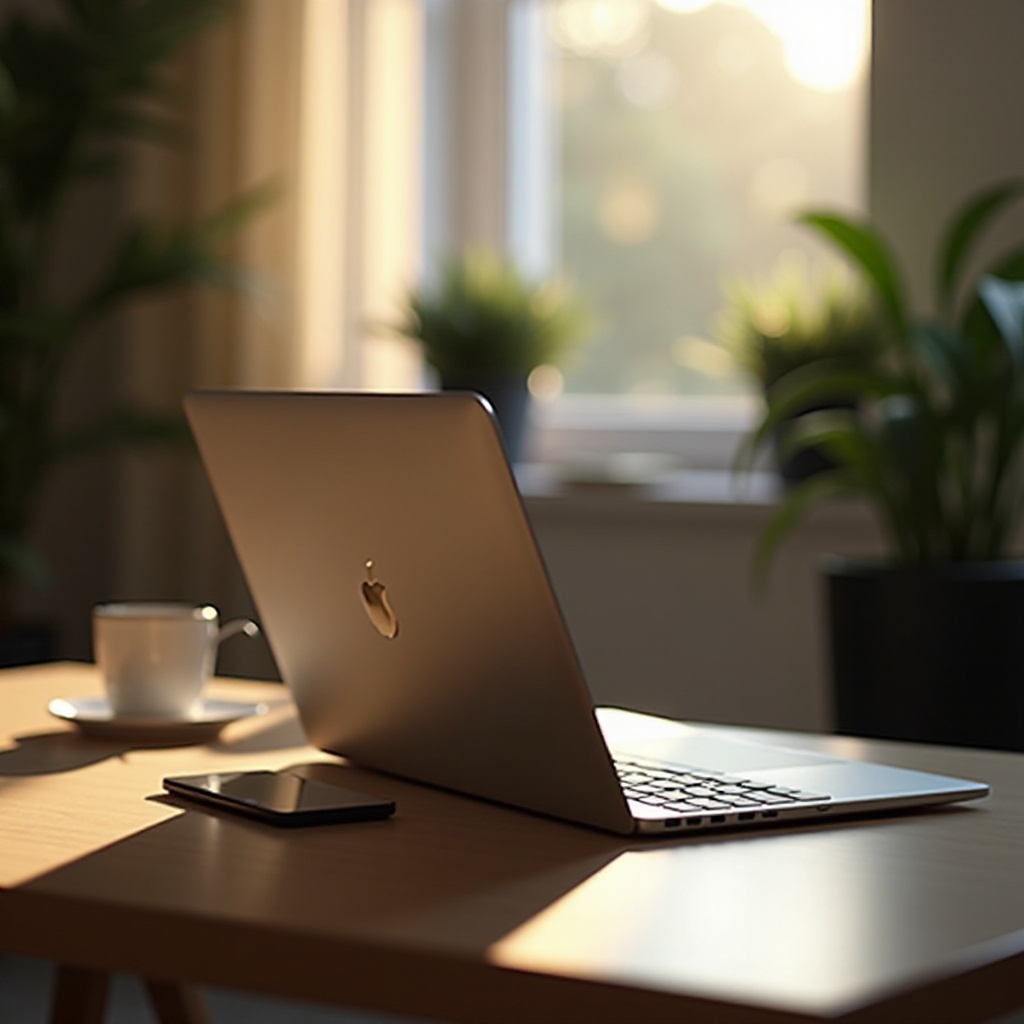Introduction
Did you know that closing your laptop’s lid can trigger different actions like sleep, hibernate, or shutdown in Windows 11? Understanding these settings is crucial for optimizing power consumption, ensuring data security, and enhancing your device’s efficiency. In this guide, we’ll explore how to customize these actions to suit your specific needs and make the most out of this convenient feature.

Understanding Laptop Lid Closure Options
Customizing lid closure actions is not just a matter of preference; it plays a significant role in how you manage power and maintain workflow continuity. The default ‘Sleep’ setting when closing the lid may not always align with your requirements. For users who frequently switch between desk setups with external displays and on-the-go usage, having a complete understanding of these options can make a significant difference in user experience.

How to Access Lid Closure Settings in Windows 11
Accessing and changing your laptop’s lid settings is a straightforward process in Windows 11:
- Open the ‘Settings’ from the Start menu.
- Navigate to ‘System’ and then select ‘Power & sleep’.
- Find ‘Additional power settings’ under Related settings.
- Click on ‘Choose what closing the lid does’.
- Here, set your preferred actions for both ‘On battery’ and ‘Plugged in’ scenarios: ‘Do nothing’, ‘Sleep’, ‘Hibernate’, or ‘Shut down’.
These steps make it simple to align your laptop’s lid closure behaviors with your daily tasks, ensuring you save power when needed while maintaining productivity where required.
Customizing What Happens When You Close the Lid
Now that you know how to access the settings, it’s time to look at what each option means for you:
- ‘Do Nothing’: Perfect if you’re running external peripherals that require the screen to remain active.
- ‘Sleep’: Conserves battery and quickly resumes your work environment when reopened.
- ‘Hibernate’: Best for longer periods away as it saves the session to disk, using no power while the lid is closed.
- ‘Shut Down’: For maximum power saving, it completely turns off the device.
The right choice depends on how you use your laptop daily. For instance, if you frequently close the lid without stepping away for too long, ‘Sleep’ might be ideal. If you’re setting it aside for the day, ‘Hibernate’ could save more power, especially when battery conservation is critical.
Advanced Tips for Optimizing Lid Close Settings
Optimizing your lid settings in Windows 11 can lead to greater device performance and user convenience. Here are additional tips:
- Sleep and Hibernate for Mobility: If you’re always on the go, alternating between ‘Sleep’ for short breaks and ‘Hibernate’ for longer durations can create an effective balance between power savings and readiness.
- Do Nothing for Static Workstations: When your laptop doubles as a desktop setup with monitors and other peripherals, setting it to ‘Do Nothing’ upon closure is ideal to prevent disruptions.
- Integrate Power Plans: Combine lid settings with custom power plans for automated adjustments based on specific needs, maximizing battery efficiency.
These tweaks ensure your settings enhance your device’s responsiveness and power management.
Troubleshooting Common Issues
If your laptop lid settings aren’t behaving as expected, troubleshooting might be necessary. Here are some solutions:
- Laptop Fails to Sleep/Shutdown: Double-check your settings and ensure no background apps prevent sleep mode. The ‘powercfg’ command can help identify conflicts.
- Settings Not Saved: Make sure you have the necessary administrative rights. Updating Windows and device drivers can resolve dysfunction caused by software incompatibilities.
Overcoming these challenges ensures your lid settings offer the functionality you expect, enhancing your usage experience.

Conclusion
Customizing your laptop’s lid closure actions in Windows 11 is an empowering way to control your energy consumption and operational efficiency. By aligning these settings with your personal usage patterns, you can ensure a seamless blend of power savings and performance. Don’t forget to revisit these options periodically to ensure they still serve you well as your needs evolve.
Frequently Asked Questions
How can I change the lid close action to improve battery life?
Select ‘Hibernate’ or ‘Shut down’ under power settings to conserve battery power more effectively.
What should I do if my laptop doesn’t sleep when I close the lid?
Ensure your settings are correct and check for applications that might prevent the device from sleeping using ‘powercfg -requests’.
Can I keep my laptop running with the lid closed while using a monitor?
Yes, by setting the lid action to ‘Do nothing’, you can maintain full functionality with an external monitor.